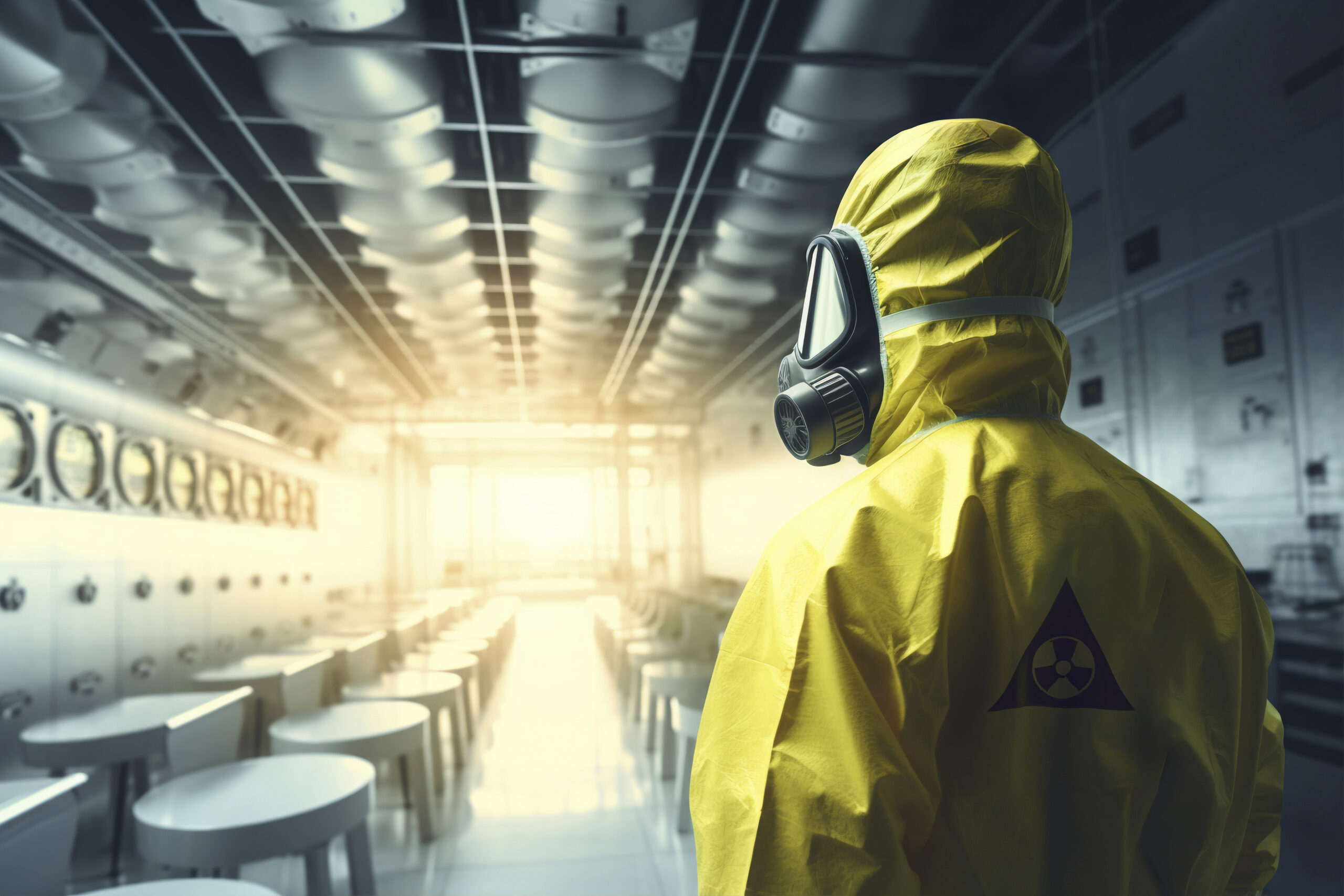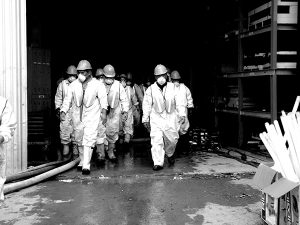Precise ATP Testing for Effective Sanitation and Hygiene Monitoring
Precise ATP Testing for Effective Sanitation and Hygiene Monitoring
Blog Article
Expert Biohazard Cleaning and Purification for Blood, Bodily Fluids, and Hazardous Products
The possible health and wellness threats associated with direct exposure to biohazards emphasize the vital need for precise handling and detailed clean-up. As we browse the intricate landscape of biohazard clean-up, understanding the nuances of guidelines, compliance, and the specialized devices at play comes to be crucial in ensuring a risk-free and thorough purification procedure.
Wellness Risks of Biohazard Direct Exposure
Direct exposure to biohazards postures substantial health and wellness threats that can result in severe effects for areas and individuals alike. Biohazards incorporate a broad variety of biological compounds, consisting of blood, bodily fluids, mold, germs, viruses, and other potentially contagious materials. When individuals enter into contact with these biohazards, whether through accidents, improper handling, or environmental exposure, they face the threat of having significant diseases or diseases.
One of the primary wellness threats connected with biohazard direct exposure is the transmission of contagious illness. Bloodborne pathogens such as HIV, hepatitis B and C, and numerous microorganisms can be existing in biohazardous materials, positioning a direct threat to human health. Breathing in air-borne biohazards like mold and mildew spores or coming into contact with infected surface areas can likewise result in respiratory issues, allergic reactions, and other unfavorable health results.
Moreover, biohazard exposure can have long-term wellness effects, with some illness materializing years after the initial call (Blood Cleanup). Therefore, it is crucial to focus on appropriate biohazard cleaning and purification to minimize these health and wellness risks and ensure the security of communities and people

Specialized Educating for Biohazard Cleanup
When it concerns taking care of biohazard cleanup efficiently and safely, specialized training plays an essential duty in ensuring appropriate purification treatments are followed. Biohazard cleanup needs details knowledge and skills to efficiently alleviate threats related to bloodborne pathogens, bodily fluids, and harmful products. Specialists educated in biohazard cleanup undergo rigorous instruction on exactly how to safely manage, get rid of, and dispose of biohazardous materials to stop contamination and exposure.
Specialized training for biohazard clean-up covers a variety of vital subjects, including appropriate personal protective equipment (PPE) usage, bloodborne pathogen awareness, decontamination techniques, and contaminated materials disposal protocols. Individuals educated in biohazard cleaning are outfitted with the essential proficiency to assess contamination degrees, recognize possible threats, and carry out suitable cleanup procedures in conformity with governing requirements.
Constant training and education are paramount in the field of biohazard cleanup to stay updated on the current decontamination technologies, safety methods, and guidelines. By investing in specialized training, biohazard cleanup specialists can successfully react to emergency situation clean-up situations and protect both public health and the setting.
Significance of Proper Purification Techniques
Making use of appropriate decontamination methods is vital in biohazard clean-up to effectively get rid of hazardous products and reduce wellness dangers. Reliable decontamination not just guarantees the elimination of visible traces of blood, physical fluids, and other biohazards yet likewise targets unseen microorganisms that might present serious health and wellness threats otherwise properly removed. By following rigid purification protocols, educated professionals can dramatically decrease the danger of direct exposure to harmful bacteria, infections, and bacteria that might bring about illness or infections.
Appropriate purification techniques include making use of customized equipment and anti-bacterials that are especially designed to reduce the effects of biohazards successfully. Thorough cleaning and disinfection of polluted locations are necessary to avoid the spread of microorganisms and make sure a secure environment for passengers. In addition, the proper disposal of biohazardous waste following decontamination treatments is essential in avoiding contamination of other surfaces or individuals.

Tools and Devices for Safe Clean-up
When dealing with blood, bodily liquids, or dangerous products, biohazard cleaning specialists rely on specialized equipment to minimize direct exposure risks and check out here completely sanitize the affected location. In addition, biohazard cleaning packages including anti-bacterials, absorbent materials, and biohazard bags are made use of to safely consist of and get rid of of contaminated items.
Advanced cleansing devices like hospital-grade disinfectants, HEPA-filtered vacuums, and fogging equipments are employed to sanitize surfaces and remove biohazards successfully. Specialized tools such as sharps containers and biohazard garbage disposal bins are used to safely handle sharp items and biohazardous waste products. By using the ideal devices and devices, biohazard cleansing specialists can ensure a complete cleaning procedure that focuses on safety and security and minimizes health risks for both workers and residents of the afflicted area.
Laws and Compliance in Biohazard Cleaning
Proper adherence to policies and compliance standards is critical in biohazard cleaning to guarantee the safety of both personnel and the environment. Federal government firms such as OSHA (Occupational Safety And Security and Wellness Management) and the EPA (Epa) have established specific standards for biohazard cleaning treatments to lessen health and wellness risks and environmental contamination. These laws cover a variety of elements including the handling, transportation, and disposal of biohazardous products, along with the needed training and protective equipment needed for workers associated with the cleanup procedure.
Biohazard cleaning companies have to remain up-to-date with these regulations to assure that their operations meet the called for security standards. Failing to follow these regulations can cause serious consequences, consisting of fines, lawsuit, and threatening the health and wellness of individuals and the environment. By adhering to rigid regulations and conformity steps, biohazard cleansing business can effectively minimize dangers and make certain a secure and extensive cleanup process for all celebrations entailed.
Conclusion
Finally, biohazard cleaning and purification require specific training, proper methods, and adherence to regulations. Exposure to blood, physical fluids, and dangerous products positions considerable health risks, making it critical to use the ideal equipment and tools for risk-free cleaning. By complying with rigorous methods and guidelines, experts can effectively reduce the risks linked with biohazard direct exposure and guarantee the security of both themselves and others.
As we browse the these details detailed landscape of biohazard cleanup, comprehending the subtleties of laws, compliance, and the specialized tools at play comes to be critical in ensuring a safe and complete decontamination procedure. (Blood Cleanup)
When it comes to taking care of biohazard cleaning successfully and securely, specialized training plays a fundamental role in guaranteeing appropriate purification treatments are adhered to.Making use of correct purification strategies is crucial in biohazard cleaning to properly eliminate hazardous products and decrease health and wellness dangers. Furthermore, biohazard cleansing sets consisting of anti-bacterials, absorbing products, and biohazard bags are made use of that site to securely dispose and contain of contaminated things.
Federal government companies such as OSHA (Occupational Security and Health Administration) and the EPA (Environmental Defense Company) have developed certain guidelines for biohazard cleaning treatments to reduce wellness dangers and environmental contamination.
Report this page